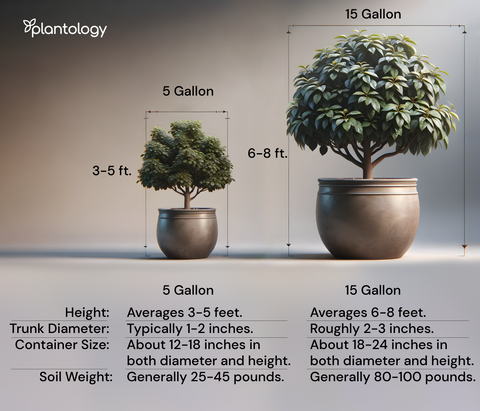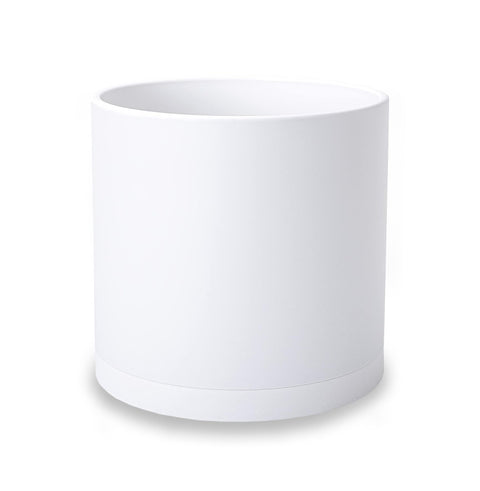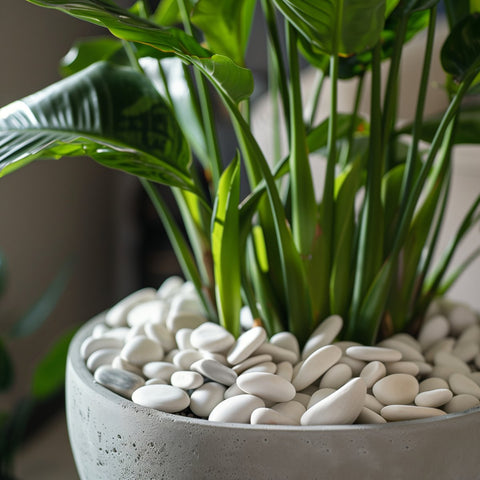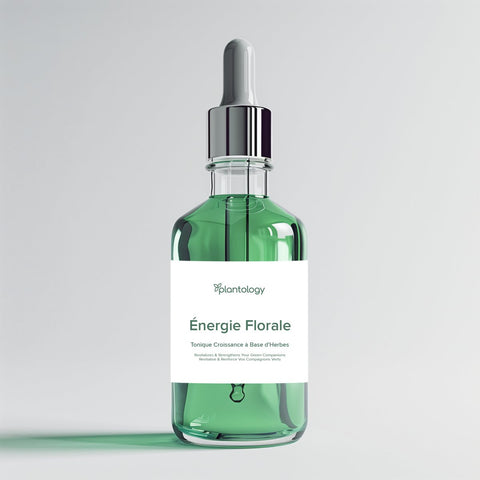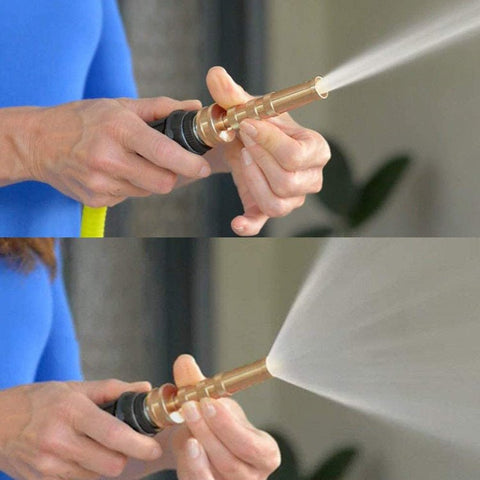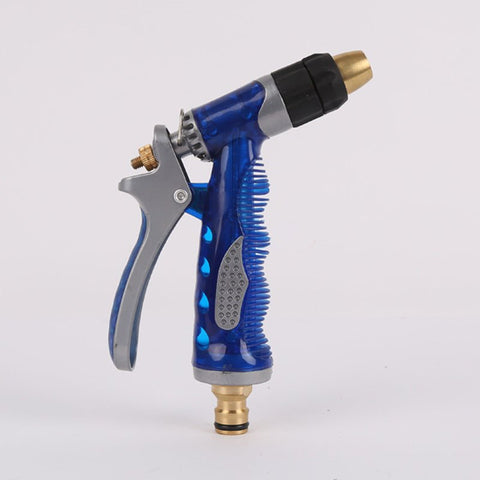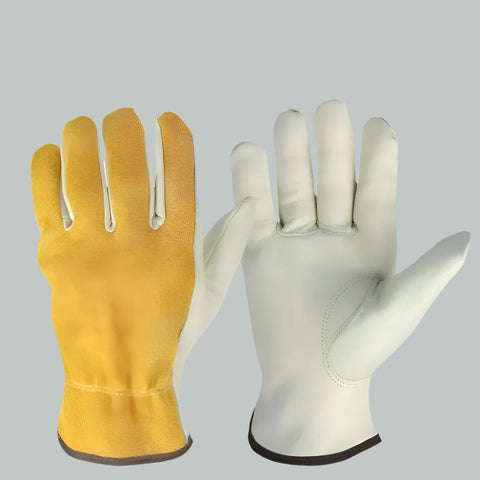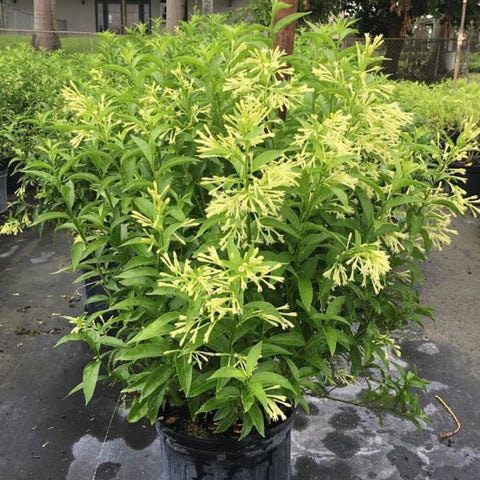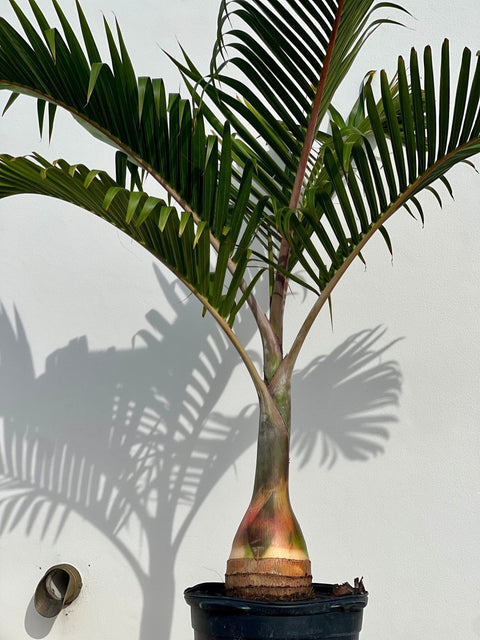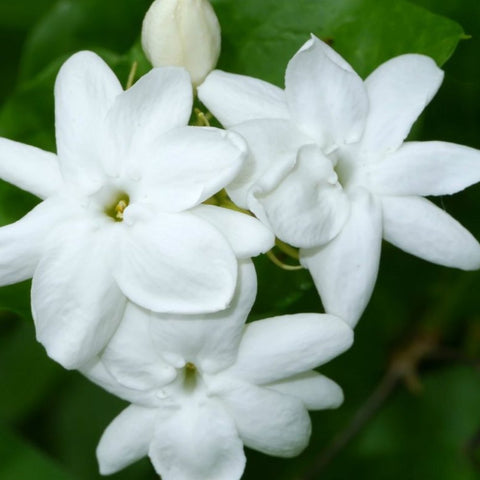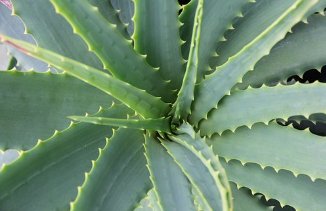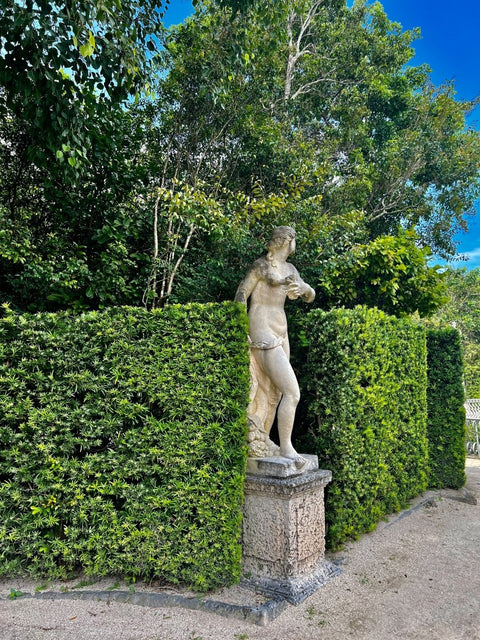Growing & Care Tips
Fakahatchee Dwarf: A Beautiful and Hardy Plant for Your Garden
How to Grow Fakahatchee Dwarf
Fakahatchee Dwarf is a hardy plant that can grow in a variety of conditions. It prefers well-drained soil and partial shade, but can also tolerate full sun. When planting, make sure to space the plants at least 12 inches apart to allow for proper growth. Water the plant regularly, but be careful not to overwater as this can lead to root rot.
Care Tips for Fakahatchee Dwarf
Fakahatchee Dwarf is a low-maintenance plant that requires minimal care. To keep the plant healthy and thriving, make sure to fertilize it once a month during the growing season. Prune the plant regularly to remove any dead or damaged branches, and to promote healthy growth. If you notice any signs of disease or pests, treat the plant immediately to prevent further damage.
Uses for Fakahatchee Dwarf
Fakahatchee Dwarf is a versatile plant that can be used in a variety of ways. It is perfect for adding color and texture to your garden, and can also be used as a border plant or ground cover. The delicate flowers of the Fakahatchee Dwarf make it a popular choice for cut flower arrangements, and it can also be used in container gardens.
Planting Tips for Fakahatchee Dwarf
When planting Fakahatchee Dwarf, make sure to choose a location that receives partial shade and has well-drained soil. Dig a hole that is slightly larger than the root ball of the plant, and backfill with soil. Water the plant thoroughly after planting, and continue to water regularly until the plant is established.
Maintenance of Fakahatchee Dwarf
Fakahatchee Dwarf is a low-maintenance plant that requires minimal care. To keep the plant healthy and thriving, make sure to prune it regularly to remove any dead or damaged branches. Fertilize the plant once a month during the growing season, and water regularly to keep the soil moist.
Pests and Diseases of Fakahatchee Dwarf
Fakahatchee Dwarf is a hardy plant that is resistant to most pests and diseases. However, it can be susceptible to root rot if overwatered. To prevent this, make sure to water the plant only when the soil is dry to the touch. If you notice any signs of disease or pests, treat the plant immediately to prevent further damage.
In conclusion, Fakahatchee Dwarf is a beautiful and hardy plant that is perfect for adding color and texture to your garden. With its easy-to-care-for qualities and low-maintenance nature, it is a great choice for both novice and experienced gardeners alike. So why not add a touch of beauty to your garden with Fakahatchee Dwarf today?
Frequently asked questions
Fakahatchee Dwarf plants, scientifically known as Chamaedorea ernesti-augusti, are a popular choice for indoor or outdoor landscaping due to their unique appearance and low maintenance requirements. Fertilizing these plants is essential to promote healthy growth and vibrant foliage. Fortunately, there are several cost-effective ways to fertilize Fakahatchee Dwarf plants without breaking the bank. One cost-effective option is to use organic fertilizers such as compost or compost tea. These natural fertilizers provide essential nutrients to the soil and plants without the use of harmful chemicals. Simply mix compost into the soil or dilute compost tea with water and apply it to the plants roots. Another budget-friendly fertilizer option is to use homemade plant food made from items like banana peels, eggshells, or used coffee grounds. These household items are rich in nutrients like potassium, calcium, and nitrogen, which are beneficial for plant growth. In conclusion, fertilizing Fakahatchee Dwarf plants doesnt have to be expensive. By using organic fertilizers or making homemade plant food, you can provide your plants with the nutrients they need to thrive without breaking the bank. Remember to fertilize your plants sparingly and follow the instructions on the fertilizer packaging to avoid over-fertilization. With proper care and the right nutrients, your Fakahatchee Dwarf plants will flourish and add beauty to your indoor or outdoor space.
Estimated Shipping Time: Most orders ship immediately. As noted on the website, some items are seasonal, and may only ship in spring or fall. Once your order is shipped, you'll receive an email with a tracking number.
Shipping Cost:
Orders less than $199 have a standard $29.95 shipping cost. Orders over $199 SHIP FREE
